Broccoli, a vibrant green vegetable known for its dense nutritional value and versatility in cooking, has grown in popularity worldwide over the past few decades. Belonging to the Brassicaceae family, broccoli is closely related to other cruciferous vegetables such as cabbage, cauliflower, and kale. Its prominence in both health-conscious diets and mainstream cuisines has significantly increased global demand and production. But among all broccoli-growing nations, one country stands far above the rest in terms of volume and cultivation scale. This article explores the answer to the question: Which country is the largest broccoli producer in the world?
Global Significance of Broccoli
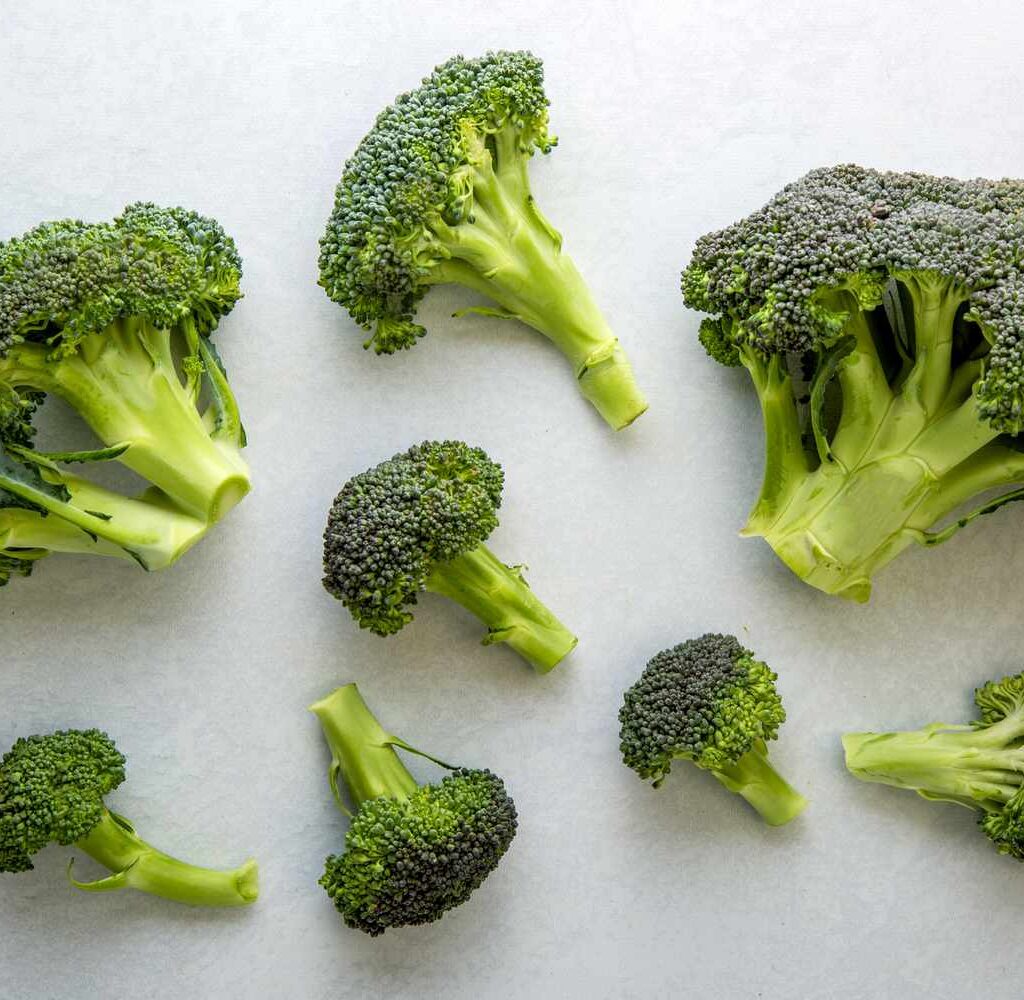
Broccoli is celebrated globally for its rich concentration of vitamins (especially C and K), dietary fiber, antioxidants, and cancer-preventive compounds like sulforaphane. It is cultivated across continents—ranging from small farms in Europe to vast fields in Asia and North America. While it is grown in many countries, a few dominate the international scene due to their favorable climates, advanced agricultural infrastructure, and large-scale export capabilities.
Top Broccoli Producing Countries

According to the latest data from the Food and Agriculture Organization (FAO) and agricultural production reports, the top broccoli-producing countries are:
- China
- India
- United States
- Mexico
- Spain
Among these, China is the undisputed leader in global broccoli production.
China: The Largest Broccoli Producer in the World
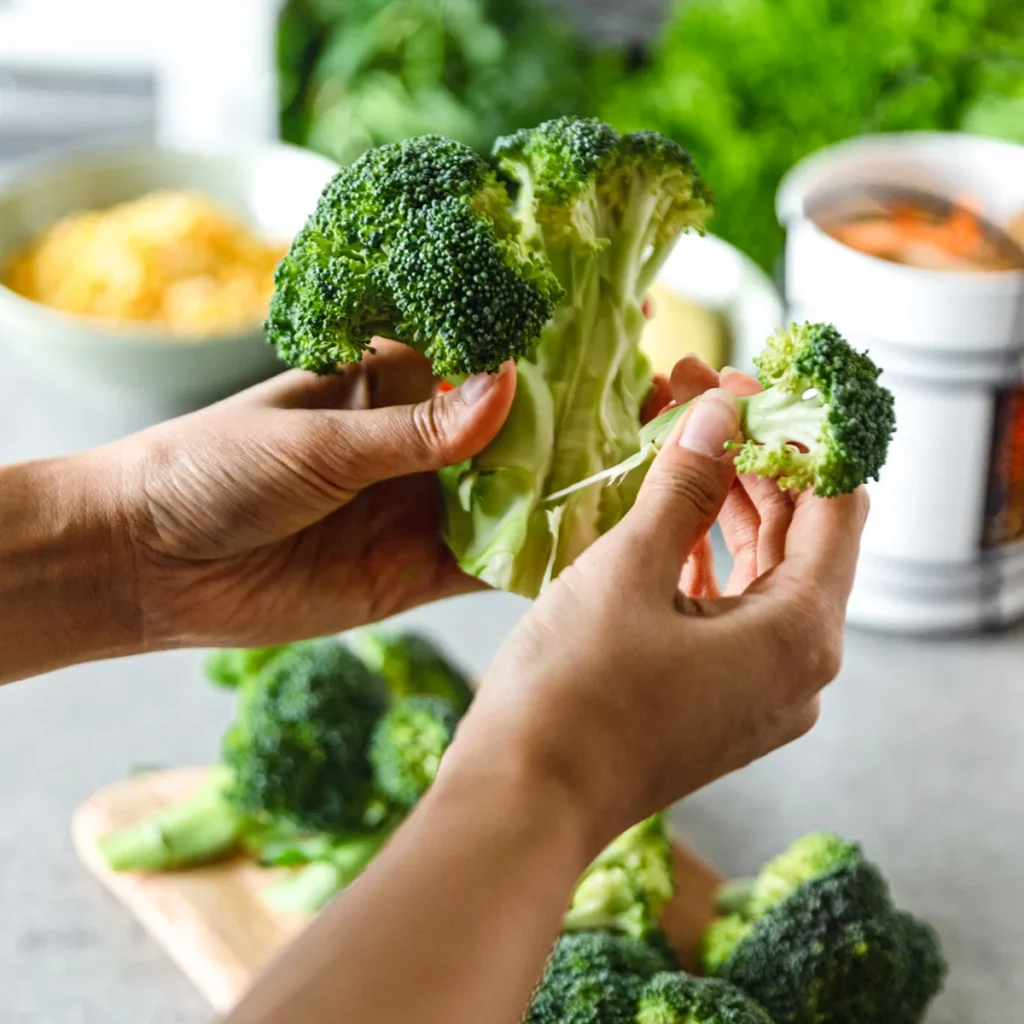
1. Production Volume and Scale
China is the world’s leading producer of broccoli, accounting for more than 50% of global production. According to FAO data, China produces over 10 million metric tons of broccoli and cauliflower combined annually—far surpassing any other country.
The reason for grouping broccoli and cauliflower in production statistics is that these two crops are often reported together under the same category. However, detailed national agricultural records reveal that broccoli forms a significant portion of this production, especially in provinces like Shandong, Hebei, Yunnan, and Fujian, where climate conditions are ideal for year-round cultivation.
2. Favorable Agricultural Conditions
China’s diverse climate allows for multiple broccoli harvests throughout the year. The country’s expansive land and labor availability make it suitable for large-scale production. Additionally, China’s government has supported vegetable farming through subsidies, technological innovation, and infrastructure development, further boosting broccoli yields.
3. Domestic and Export Markets
Broccoli is popular in Chinese cuisine, often featured in stir-fries, hotpots, and steamed vegetable dishes. Domestic consumption is significant due to increased health awareness and dietary shifts toward vegetables. Moreover, China exports broccoli to various countries, particularly in Southeast Asia and the Middle East, though a significant portion of its production serves internal demand.
Other Major Producers
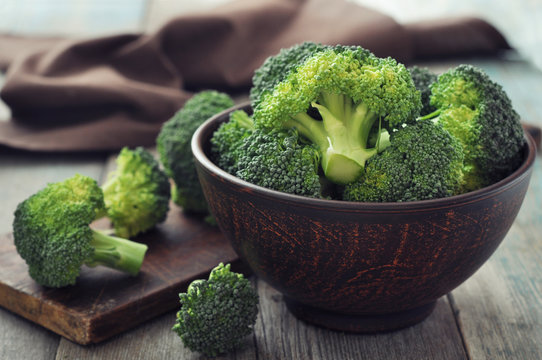
1. India
India follows as the second-largest producer, with broccoli cultivation expanding in regions such as Himachal Pradesh, Karnataka, and Maharashtra. While traditionally not a staple in Indian cuisine, growing awareness of its health benefits has made it increasingly popular in urban areas. However, most of the production is consumed domestically, and exports remain relatively low.
2. United States
The U.S. ranks among the top global producers, contributing significantly to the international broccoli market. The majority of U.S. broccoli is grown in California, particularly in the Salinas Valley, often called the “Salad Bowl of the World.” The U.S. produces around 900,000 to 1 million metric tons annually and exports large quantities to Canada, Japan, and Taiwan.
3. Mexico
Mexico’s broccoli production is heavily export-oriented, with the U.S. being its primary market. The country’s favorable climate allows for off-season production, making it a valuable player in the winter and early spring export markets.
4. Spain
Spain leads Europe in broccoli cultivation. Regions such as Murcia and Navarra are known for high-quality broccoli, much of which is exported across Europe, particularly to the UK, France, and Germany. Spain has seen consistent growth in both organic and conventional broccoli farming.
Economic and Environmental Impact
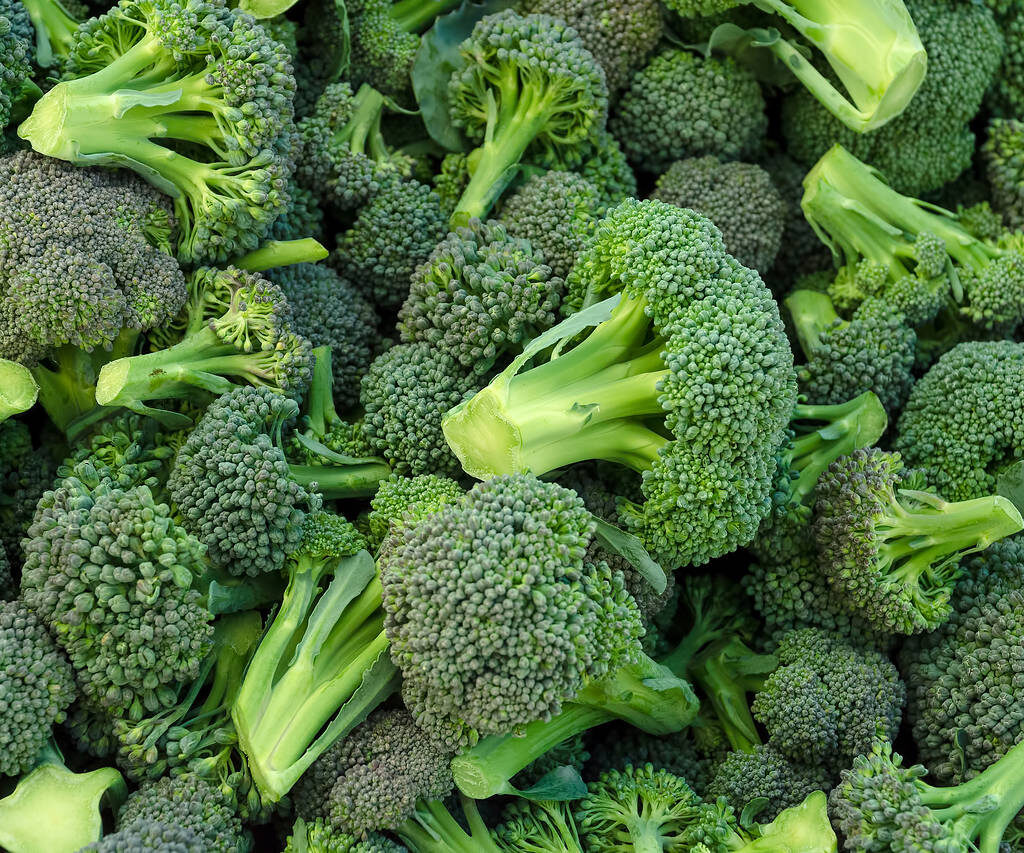
The massive scale of broccoli production, especially in China and the U.S., has both economic and environmental implications. Economically, broccoli farming provides livelihoods for thousands of farmers and supports ancillary industries such as packaging, transport, and export logistics.
Environmentally, broccoli is a relatively resource-efficient crop but can pose challenges such as pesticide usage and soil nutrient depletion if not managed sustainably. Countries like China are increasingly adopting precision agriculture, drip irrigation, and integrated pest management practices to ensure sustainable growth.
Broccoli in the Global Trade Market
Broccoli has become a globally traded commodity. The largest exporters include the U.S., Spain, and Mexico, while major importers are Canada, Japan, the UK, and Germany. Global trade has helped to stabilize supply and demand imbalances, especially during seasonal production gaps in colder regions.
China, despite its massive production, is not a major exporter—highlighting the high domestic demand and limited need for overseas markets.
Technological Advancements and the Future of Broccoli Farming
As consumer preferences shift toward healthier food options, broccoli’s popularity is expected to rise even further. Leading producers are investing in:
- Genetically improved seeds with better yields and pest resistance.
- Mechanized harvesting to reduce labor costs.
- Cold-chain logistics to preserve freshness during transport.
- Greenhouse and hydroponic systems for urban and vertical farming.
China, the U.S., and Spain are particularly active in adopting such innovations, ensuring their continued dominance in the global broccoli market.
Conclusion
In the ever-expanding world of vegetable cultivation, broccoli has carved out a vital space thanks to its unmatched nutritional benefits and culinary adaptability. When it comes to answering the question “Which country is the largest broccoli producer in the world?”, the answer is unequivocally China. With its immense production scale, favorable climate, and growing domestic demand, China leads the global broccoli market by a wide margin.
However, other countries like the United States, India, Mexico, and Spain play crucial roles in global supply chains, particularly in meeting export demands. As sustainability and innovation continue to shape agricultural practices, the future of broccoli farming looks both promising and essential to global food security.

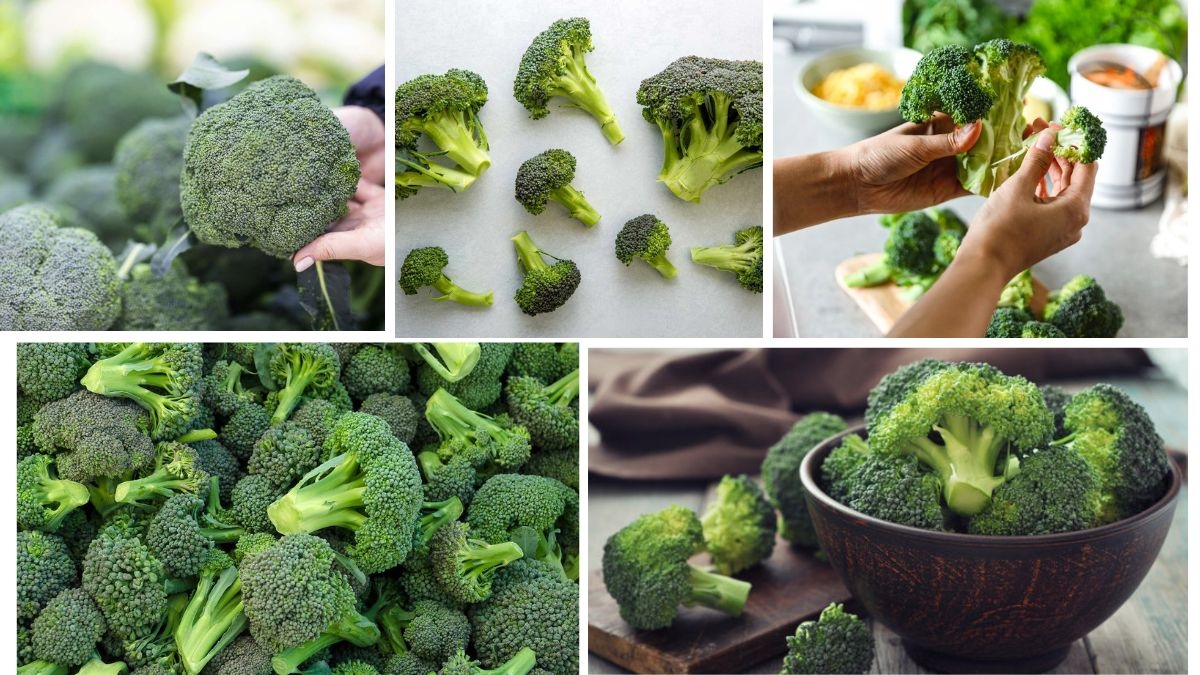



Leave A Comment